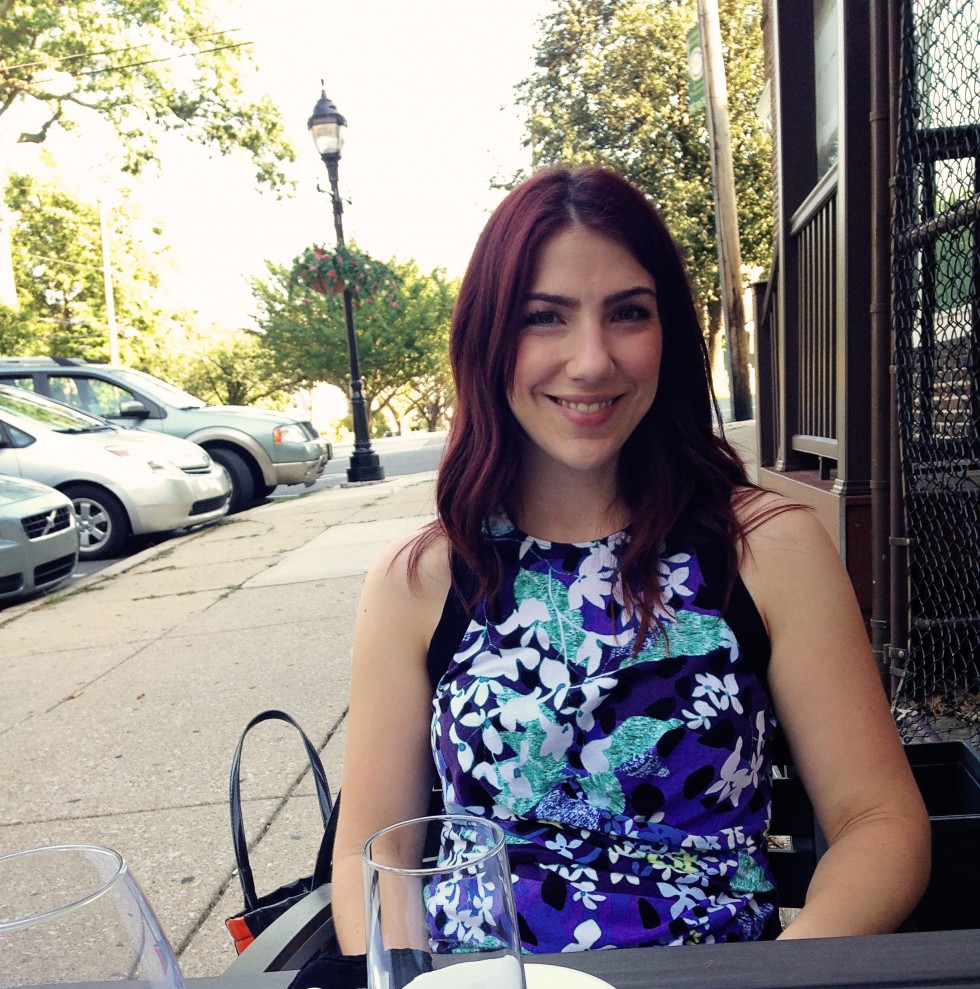Living with an Invisible Disease

Living with an Invisible Disease The life of Jennifer Florendo
To some, unexplained rapid weight loss may feel like a stroke of luck. That is how it started out for me in late fall 2007. I was going through a pretty bad break-up when these new symptoms crept up on me: rapid weight loss, who doesn’t want to lose five pounds; blurred vision, but I just chalked it up to old age; fatigue, I attributed that to the life changes I was going through.
“...the symptoms only worsened over the next few weeks.”
Not being one to visit the doctor often, I caved in and made an appointment. When she prescribed some anti- anxiety pills and told me to meditate, it seemed like I was on the path to feeling better. Yet, the symptoms only worsened over the next few weeks. The weight loss continued and my fatigue never subsided.
It was on my third visit to the doctor when I suggested blood work. Within 24 hours, I heard the three words that would change my life forever. There were urgent calls on my cell phone and work phone to call the office; they were about to close for the holiday and I needed to come in right away.
“You have diabetes.”
“You have diabetes,” said the doctor, who had been treating me for anxiety when all along it was diabetes. “Here is a prescription and read about the food pyramid.” All I knew about diabetes was that my mom lectured my grandmother for eating dessert on holidays and that Shelby died from it in Steel Magnolias.
My blood sugar was 539. To put that in perspective, a normal, aka non-diabetic, person will typically never go over 140. That was my fasting number that day.
The greater part of the holiday weekend was spent on the couch, alone, pondering my new diagnosis: Can I still eat Doritos and red velvet cake? Am I broken? Will someone ever love me? What if I do want to have kids one day, can I?
“Am I broken?”
Spoiler alert: Yes, you can eat Doritos and cake (in moderation), someone will love me and, yes, I can have a healthy baby.
At the time of diagnosis, I didn’t know anything about the disease that is now just a part of me. There are two types of diabetes: the auto-immune Type 1 that is controlled by insulin and Type 2, which is known as the genetic/ hereditary disease often brought on by lifestyle.
Diabetes is known as an invisible disease because you can’t tell I have it by looking at me, unless I am wearing my insulin pump somewhere visible. You wouldn’t know I was checking my blood sugar under the table or counting carbohydrates in my head while you carry on a conversation with me.
My daily life has been altered: checking my blood sugar an hour before meals, taking insulin 15 minutes before eating, keeping sugar tablets within arm’s reach to treat low sugar readings, and ensuring that I eat enough before working out. I went from counting calories to counting carbohydrates and everything is now a numbers game: How many units of insulin will I need in order to eat this or that? Anything can throw off your perfect math, too: illness, menstrual cycle, stress, even the extreme desert heat can affect my sugar.

